Guide to the New Zealand Cook Strait
Most people about to explore New Zealand know that the country is made up of two main Islands, the North Island and South Island. Yes, there is Stewart Island, but we’ll leave this island out for the purpose of this blog.
If you’re wondering why the North Island and South Island are separate, that’d be because of the Cook Strait. Given that our Interislander ferries cross the Cook Strait nearly every day, we know this area and history like the back of our hand.
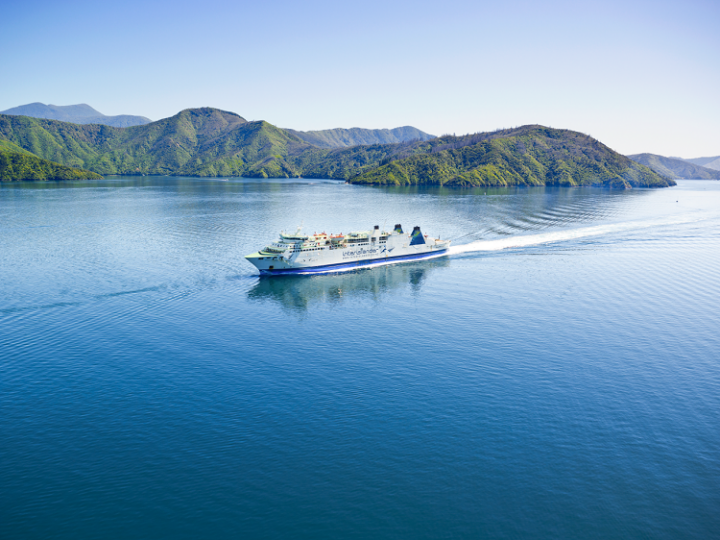
There are so many interesting details and facts about our beloved Cook Strait. Once you learn more about it, you’ll have a greater sense of appreciation for your own Cook Strait Interislander ferry booking. A Holiday in New Zealand isn’t complete without crossing on the ferry from Wellington to Picton. And, your Cook Strait crossing is just better when you understand the history and know what to look out for. This blog will take a deep dive into this beloved stretch of water and why the Interislander Cook Strait ferry has been running for over 60 years. Here are the main talking points:
- Geographical history of the Cook Strait
- How the Cook Strait was found
- The history of crossing the Cook Strait
- Interesting facts about the Cook Strait
- Cook Strait conditions
- How long it takes to cross the Cook Strait
- What to look out for on your Cook Strait crossing
- How to book your Cook Strait crossing
Let’s dive in!
Geographical history of Cook Strait
Travel back in time, about 18,000 years, and the sea levels were about 100 metres lower than they are today. As you’d imagine, land masses around the world looked a lot different back then. And New Zealand was no different. All those years ago, the Cook Strait was deep in the Pacific Ocean as what is known as an underwater harbour, and coastal plains connected the North and South Islands. As sea levels rose thousands of years later, the Cook Strait eventually joined to the Tasman Sea.
How Cook Strait was found
In Māori legend, Kupe, also known as the navigator, first found the Cook Strait. The story goes that Kupe followed a large octopus named Te-Wheke-a-Muturangu in his canoe across the Cook Strait to kill the octopus at Patea. The Māori translation for Cook Strait is Te Moana-o-Raukawa. This means the sea of Raukawa.
Dutch explorer, Abel Tasman, saw the Cook Strait back in 1642. Back then, he thought it was a bight from a distance. As such, he called it Zeehaen’s Bight after one of the ships in his expedition. Jump to 1762, and James Cook then named this stretch of water the Cook Strait, as he was the first European commander to sail it. New Zealand has a rich history, including the Cook Strait.
The history of crossing Cook Strait
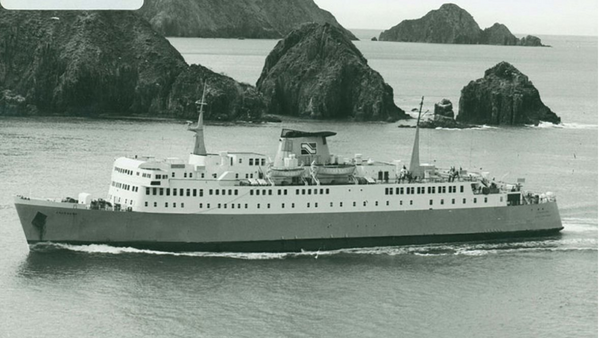
The Aramoana - Interislander's first registered vessel
When Kiwis think of the Cook Strait, many associate it with the Interislander Cook Strait ferry. There’s a good reason for this, as the Interislander from Wellington to Picton and return has been the ferry of choice for travellers since we began back in 1875. The history of the Interislander is wrapped into the fabric of the Cook Strait. Back then, the Interislander was called the Union Steamship Company of New Zealand and only had one running ferry. The Interislander now boards three main vessels, each with unique benefits and providing a comfortable and safe passage.
Interesting facts about Cook Strait
Over the years, we’ve picked up our fair share of interesting facts and tidbits about the Cook Strait. Some bits of information worth mentioning include:
- The Cook Strait has power cables that are laid between the north and south islands carrying power between the two Islands. The entire cable length is 610kms and runs from Waitaki river in Canterbury through to Haywards in Lower Hutt. 40kms of this cable is submersed in the Cook Strait. The cables are capable of transferring a maximum of 1200 megawatts of electricity. The Aratere can produce 18 Megawatts.
- According to tradition, the first woman to swim the Cook Strait was Hine Poupou. She swam from Kapiti to D’Urville Island with the help of a dolphin.
- In 1962, Barrie Devenport swam the crossing
- The Cook Strait is home to many killer whales, Hector’s dolphins and long-finned pilot whales
Cook Strait conditions
The Cook Strait is sometimes known for its sometimes less than favourable conditions. Back in the day, the Interislander ferry in New Zealand used to be called the vomit rocket. Thankfully, our ferries have come a long way since then. In saying that, the Cook Strait can serve up tricky conditions, so it’s a good idea for travellers to be prepared. When planning your New Zealand itinerary that includes the Cook Strait crossing, consider packing:
- Woolly jumper
- Sunscreen
- Beanie
As well as that, it can be a good idea to have a few tricks up your sleeve to prevent motion sickness. Fresh air is always good. As well as that, it’s smart to prioritise hydration and eat sensibly. For more advice on the Interislander Cook Strait ferry, read our guide that covers how to make the most of your Cook Strait crossing.
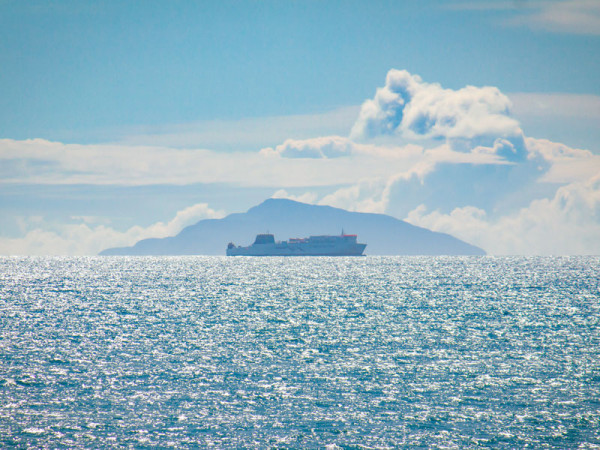
The Kaiarahi in Cook Strait
What to look out for on your Cook Strait crossing
Like many of the places to visit in New Zealand, the Cook Strait is truly stunning. No matter the weather, there are usually many landmarks and animals to look out for from the moment you depart from the ferry terminal. We believe that the ferry beats flying for many of these reasons.
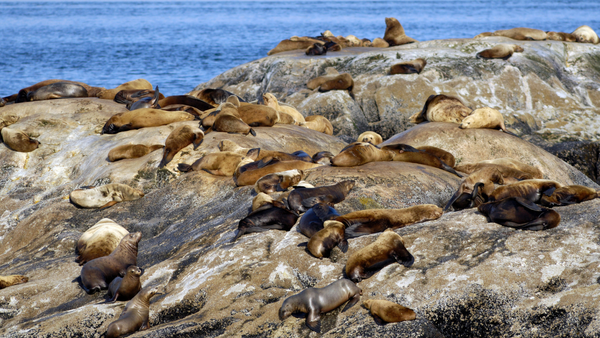
Seals
There is much wildlife to try and spot on your Cook Strait crossing including Kekeno, the New Zealand fur seal. The particular seals are actually native to the country. Keep an eye out for fur seals around the rocks at either side of the Cook Strait crossing. Because of its ear flaps and fur, you’ll know you’re looking at a fur seal.
Dieffenbach Point
If you’re travelling on the ferry from Wellington to Picton, you’ll be able to see Dieffenbach Point as your enter the Marlborough area. In particular, Dieffenbach Point is part of the Queen Charlotte Sound. This stunning rock feature has a grey power station on it. Keep an eye out for it.
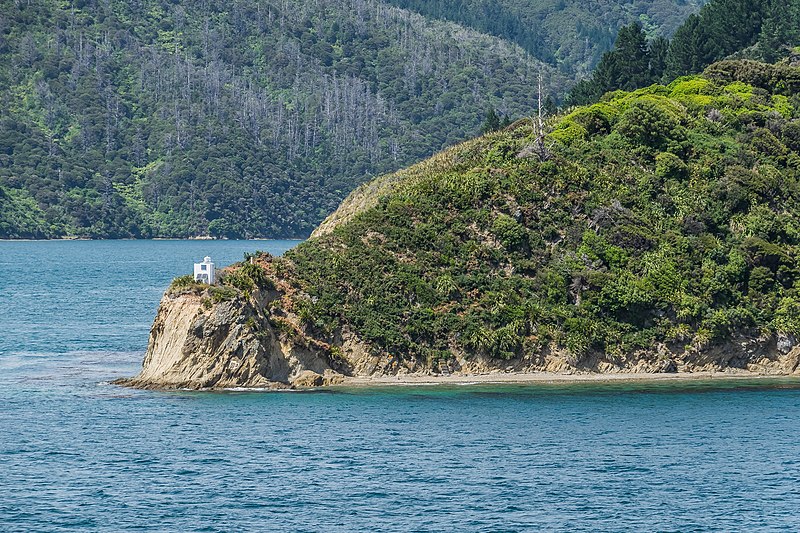
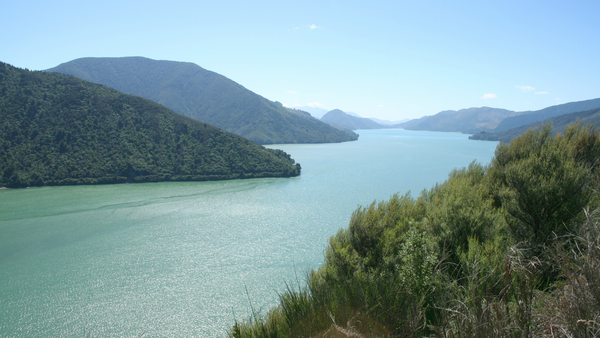
Queen Charlotte Sound
Yes, Dieffenbach Point is a popular sight as part of the Queen Charlotte Sound. In saying that, there is much else to see in the beautiful area. The Queen Charlotte Sound, or Tōtaranui area, is home to the famous Queen Charlotte Track. As you travel close to Picton, you’ll be able to take in stunning views of the Marlborough Sounds, including native bush.
Wellington Harbour
As you travel near the Wellington Interislander ferry terminal, it’s a fantastic chance to take a step back and view Wellington Harbour in its entirety. Wellington is a small but stunning city, and the harbour, or Queen’s Wharf, features many beautiful landmarks, including:
- The Solace of the Wind sculpture
- The City to Sea Bridge
- Oriental Bay
- Carter Fountain
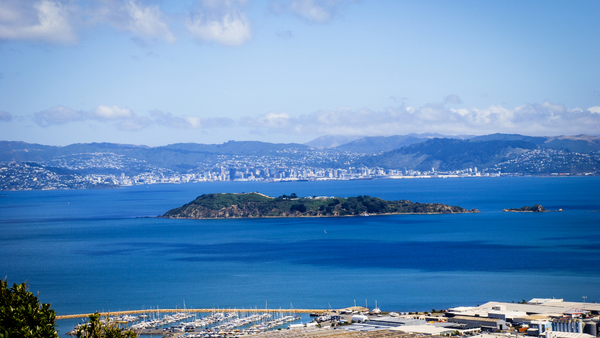

Birdlife
The largest seabird in the whole world, known as the albatross, can sometimes be seen in the Cook Strait. These amazing birds have a wingspan of over three metres long, so they’re hard to miss. As well as this, keep an eye out for other birdlife along the crossing, including:
- White-fronted terns
- Shags
- Seagulls
Want to know more about Cook Strait?
There are many things to love about crossing the Cook Strait on the Interislander ferry. We truly believe that a trip around New Zealand isn’t complete without this journey. As we’ve mentioned, you can book your Interislander ferry crossing online or find out more information on our website. Check out our guide for travelling on the Interislander ferry for more pointers.



